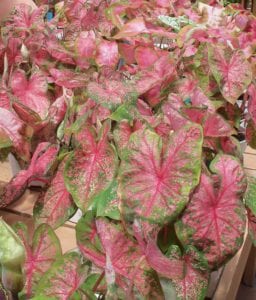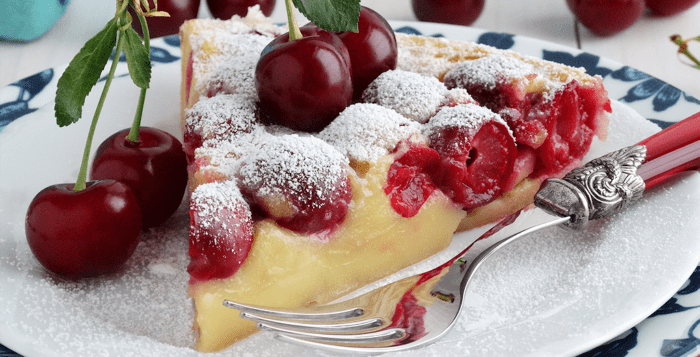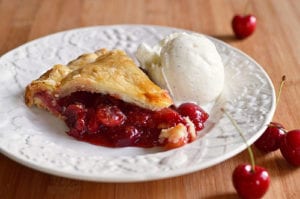By Elof Axel Carlson

Yeasts are single-celled organisms belonging to the eukaryotes. They have a nucleus with chromosomes and a surrounding cytoplasm with embedded organelles. There are 1,500 species of yeasts (in contrast to the small number of species of the genus Homo). Most of these yeast species reproduce by mitosis without a sexual phase.
Some species use a process of budding, with the dividing nucleus producing one nucleus entering a small bleb of cytoplasm at the surface and the other staying with the large mass of cytoplasm of the original cell.
The yeast that gives civilization a boost is Saccharomyces cerevisiae. It converts sugars into carbon dioxide and ethyl alcohol. Different strains of this species are used to make beer, wine, mead and other alcoholic beverages that prolonged life expectancy because the alcohol killed harmful bacteria in the water that humans needed. Other strains of this species lead to the rising of bread during baking and helped bring about the agricultural revolution that tamed humanity into cultural communities.
Beer making goes back to at least 6,000 years ago. In Africa a different species, S. pombe, was used to make a beer from millet.
There are also species of yeast that are harmful to humans. Some cause urinary tract and vaginal infections, especially Candida albicans. Yeast strains are also involved in babies’ mouths (thrush) or in toenail and fingernail infections.
The yeast cell has 16 distinct chromosomes and its DNA has 13 million base pairs. Its genes produce 5,800 different proteins. Its mitochondrial DNA has almost 86,000 base pairs and 35 genes.
Molecular biologists have used yeast as engineering systems for producing pharmaceutical products. Yeast chromosomes can be identified, and genes from other organisms can be inserted into them. The yeast genome can also be used for basic science, and each of its 5,800 protein products can be studied for function in the cell.
Yeasts are also being used to study synthetic genetics where genes and chromosomes are designed by scientists and inserted into one or more yeast chromosomes. Artificial yeast chromosomes are reliable for inserting one or more genes designed for commercial use.
 Within 10 years scientists hope to have the first artificial nucleus with all the essential yeast genes needed to allow yeast cells to divide and grow and make alcohol. That nucleus will have 16 synthetic chromosomes made by putting together the nucleotide sequences of the genes in each chromosome without using a living system to do so. They will tag each chromosome with inserted genes that can serve as switches to make them machines capable of turning specific genes or groups of genes on or off. The switches will respond to temperature, pH or chemical signals to activate the switches.
Within 10 years scientists hope to have the first artificial nucleus with all the essential yeast genes needed to allow yeast cells to divide and grow and make alcohol. That nucleus will have 16 synthetic chromosomes made by putting together the nucleotide sequences of the genes in each chromosome without using a living system to do so. They will tag each chromosome with inserted genes that can serve as switches to make them machines capable of turning specific genes or groups of genes on or off. The switches will respond to temperature, pH or chemical signals to activate the switches.
No one knew what yeast was some 6,000 years ago. The cell theory did not come into our awareness until 1838. Brick yeast was not sold until 1867. Granulated yeasts (like the packets available in supermarkets) did not exist before 1872. Instead, bakers would save some of the raised dough and mix it into a fresh batch of flour and water.
Similarly, wine makers or beer makers would take samples from their fermenting kegs and use that to start a new batch of cereal mash or crushed fruits to start the fermentation process. Even if those were not available, there was usually a lot of naturally occurring yeast cells on the surface of grains or fruits to generate fermentation. Yeasts have been domesticated to make alcoholic beverages. Bacteria and other fungi have also been domesticated to make sour cream, yogurt and cheeses. Since the 1940s, fungi and bacteria have been used to make antibiotics that have saved millions of lives from pneumonia, gangrene, sepsis and other infections.
Diphtheria, anthrax, bubonic plague, typhoid fever and typhus are no longer threats to the lives of those in industrialized nations that have access to antibiotics, public health measures and sanitation. We owe to Pasteur and Koch in the last decades of the nineteenth century the knowledge of the microbial germ theory of infectious diseases. Their work explained what produces some foods we love through fermentation by microbes, the microbial basis of rotting or spoilage of food and the microbial basis of contagious diseases.
Elof Axel Carlson is a distinguished teaching professor emeritus in the Department of Biochemistry and Cell Biology at Stony Brook University.

























